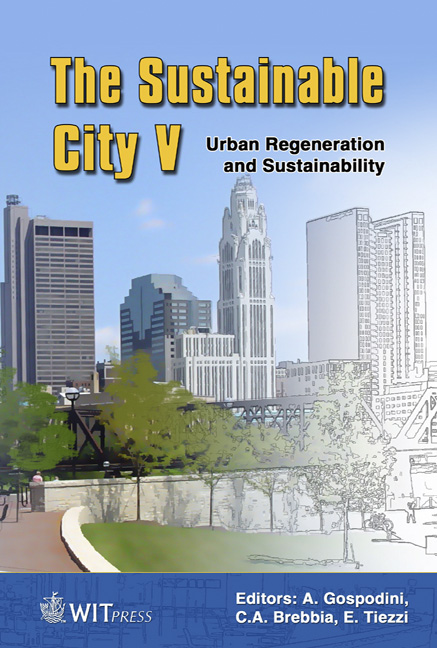The Urban Development Boundary As A Planning Tool For Sustainable Urban Form
Price
Free (open access)
Transaction
Volume
117
Pages
10
Page Range
85 - 94
Published
2008
Size
407 kb
Paper DOI
10.2495/SC080091
Copyright
WIT Press
Author(s)
E. J. Cilliers & C. B. Schoeman
Abstract
The urban core is the heart of all spatial development. However, the urban core areas in South Africa are unsustainable living places. The need for equal development, accessibility and efficiency has never been this great, especially in the Gauteng city region. The current unsustainable urban phenomenon needs to be redesigned into a compact urban core. This study evaluates the urban development boundary as a planning tool for sustainable urban form. This implies a parallel action: development inside the urban edge, and development outside the urban edge, to guide development and sustainable urban form. The urban development boundary will influence development as it guides the relation between urban and rural areas. The aim of this study was thus to determine and develop a sustainable urban form for the Gauteng city region by means of the urban development boundary concept that would lead towards a qualitative and sustainable urban environment. Keywords: urban development boundary, sustainable development, spatial planning, sustainable urban form, Gauteng city region. 1 Introduction Current urban settlement formation in the urban areas of South Africa tends to be very poor in terms of quality, service provision and standards, and thus have very little chance of developing into vibrant, enriching and efficient urban environments. While the reasons for poor environmental quality are undoubtedly diverse and complex, having political, economical and social dimensions, it is agued that the prevailing approach to layout planning in South Africa is part of the problem.
Keywords
urban development boundary, sustainable development, spatial planning, sustainable urban form, Gauteng city region.





